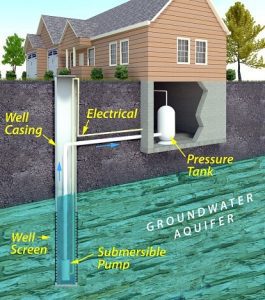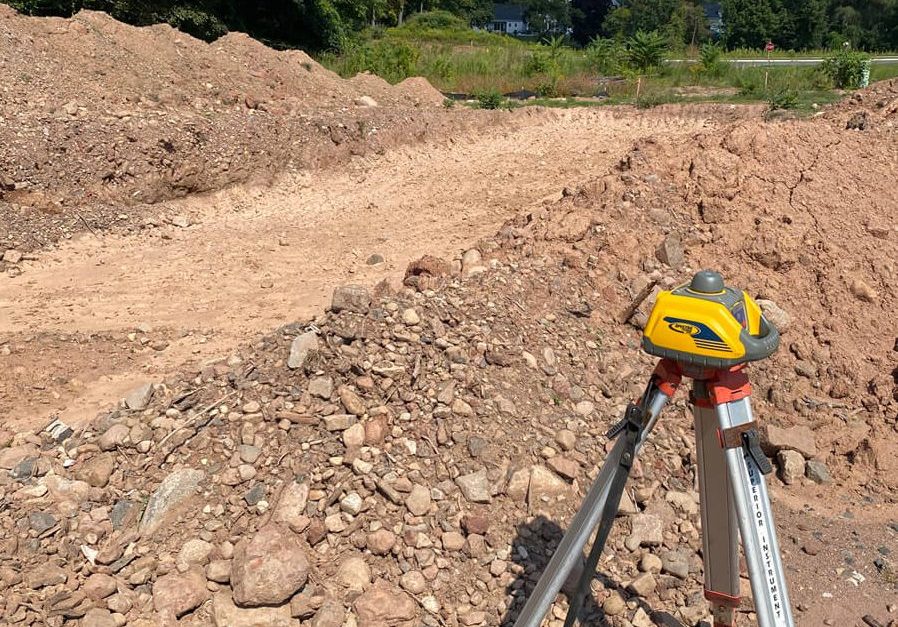Environmental Health
Building, Wells, Septic, Additions and Oil Tanks
Chesprocott Health District provides a wide range of environmental services and has an experienced staff of Environmental Health Specialists to help you.
If you are looking for:
- Application for a Building Addition, change of use, lot line change, assessor structure (pools, decks, sheds, propane tanks) also referred to “B-100 Application.”
- Application for Soil Testing
- Application to submit Engineered Septic
- Design plans
- Templates for Septic Repair Proposals and As-builts
- Demolition and Septic abandonment applications
- Water treatment discharge application
The Public Health Code 19-13-B100a, also referred to a “B100” is a law that outlines the process of getting approval to construct an addition, a building conversion or change of use, or constructing an attached or detached garage, accessory structures (sheds, decks, gazebos and barns), and above & in-ground pools when your property relies on a septic system.
The intent of this law is to prevent the use of land that might be needed in the future to replace a failing septic system. The law requires that none of the above can be approved by the health district unless a “code-complying area” exists on the property. The only way to determine this is by evaluating the soil on your property. If you have a new home built in the past few years then we have this information, but if you have an older home, you will be asked to hire a septic installer and perform soil testing (2-3- 8 foot deep holes to see soil profiles and percolation tests).
The homeowner submits a “B-100” application for the Environmental Health Specialist to review. The application includes demonstrating the “code-complying area” and payment for services.
If you are unsure and need assistance, please call the office 203-272-2761 and staff will assist you.
Many of the homes located in the Chesprocott Health District rely on on-site septic systems to treat their wastewater. These systems are comprised of a septic tank followed by the leach fields. The solids accumulate in the bottom of the septic tank and its important to get your septic tank pumped out regularly, so they don’t overflow and cause your leach fields to fail.
The services we offer:
- Permitting all activities related to new construction and repairs of existing septic systems.
- Conducting soil evaluations and percolation tests to ensure site suitability.
- Maintain records for all new and repaired septic system including as-builts (post 1976)
- Assure that an addition, change in use, lot line change or installation of shed, pool, deck or other assessor structures proposals meet all applicable public health rules and regulations.
- If you are looking for information on your property, please click here. In 2016 we scanned all our street files so you can access your information


More information can be found here: Click here
- Well water testing requirements
- Water testing laboratories
- How to disinfect a well
- Guide to water treatment options
- Water Softner Treatment regulations
Chesprocott Health District has had a local regulation since 1984 that regulates the installation and removal of underground oil tanks. During the 1970’s it was common practice to install these large tanks to save on the price of oil. People filled up their tanks during the summer to save money. Unfortunately, many of these tanks were not meant to be buried and eventually leak due to their poor construction. Please click here to see our regulation.
Chesprocott Health District works closely with our Fire Marshalls and Building Officials to witness the removal of these tanks. There is no safe and reliable way to test for a leak and therefore we require tanks be removed.

